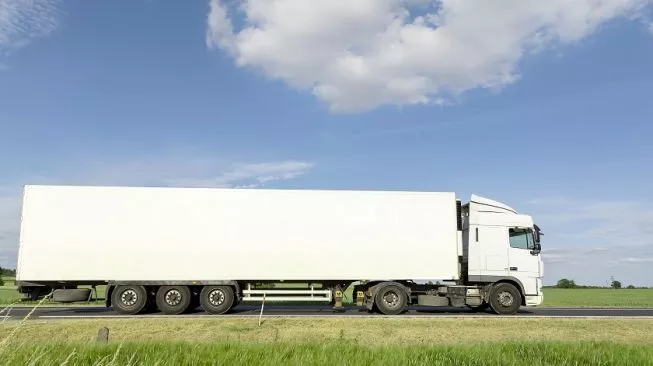 The Category C driving licence opens doors to a professional driving career and is essential for those looking to operate large commercial vehicles. Whether you’re a new driver or someone seeking the next step in their driving career, understanding how to obtain this licence and its benefits is crucial.
The Category C driving licence opens doors to a professional driving career and is essential for those looking to operate large commercial vehicles. Whether you’re a new driver or someone seeking the next step in their driving career, understanding how to obtain this licence and its benefits is crucial.
What Is a Category C Driving Licence?
A Category C licence, also referred to as the “Class 2” licence, allows drivers to operate large goods vehicles (LGVs) with a maximum authorised mass (MAM) above 3.5 tonnes but no more than 32 tonnes. This category is typically associated with vehicles such as large delivery trucks, refuse vehicles, and construction lorries. Obtaining this licence is a significant step for individuals looking to enter or advance in the commercial driving sector.
Who Is Eligible for a Category C Licence?
To apply for a Category C licence, you must:
- Be at least 18 years old.
- Hold a valid Category B (car) driving licence.
- Meet the required medical standards. This involves undergoing a medical examination by a qualified doctor to confirm you’re fit to operate large vehicles.
If you meet these criteria, you’ll be ready to take the necessary steps towards earning your licence.
Tips for Preparing for the Tests
Preparation is essential to succeeding in the theory and practical tests. Familiarise yourself with the theory test materials by studying the official DVSA handbook for LGV drivers. Online mock tests and hazard perception videos are particularly helpful for practice. For the practical test, professional training with a qualified instructor is invaluable for building confidence and ensuring mastery of vehicle control.
Why Hold a Category C Licence?
The benefits of a Category C licence extend far beyond gaining the ability to drive larger vehicles. It unlocks numerous professional opportunities. Industries such as logistics, construction, and waste management rely heavily on skilled Category C drivers. Whether you dream of being a long-haul lorry driver or working locally within a city, this licence equips you with the qualifications needed to start a rewarding career.
Holding a Category C licence can also improve long-term employability. Drivers with these credentials are in high demand due to the logistics industry’s growth. Furthermore, it often comes with attractive pay packages, job stability, and opportunities for career progression.
Words from Experienced Category C Licence Holders
Speaking to drivers who have already undergone this process can provide useful insights. Many reiterate the importance of preparation, patience, and professional instruction. For instance, one licensed driver shared how investing in formal training played a key role in passing the tests and gaining confidence when driving larger vehicles on the road.
Common Questions About Category C Licences
Q1. How long does it take to get a Category C licence?
Typically, the process will take several weeks to a few months, depending on factors like medical appointments, test availability, and the duration of training.
Q2. Can I drive vehicles over 32 tonnes with this licence?
No, a Category C licence allows you to drive large vehicles up to 32 tonnes. For vehicles exceeding this weight, you’d need a Category C+E licence, which includes articulated lorries.
Q3. What happens if I fail the test?
Should you fail any part of the theory or practical test, you can retake it after a short waiting period. Many drivers find that additional practice and planning lead to success on subsequent attempts.
Start Your Journey Today
A Category C driving licence is a stepping stone to a wealth of opportunities in the commercial driving sector. By understanding the requirements and preparing effectively, you’ll be well on your way to achieving professional growth in this essential industry. Take the first step today and enjoy the benefits of being a licensed Category C driver.
